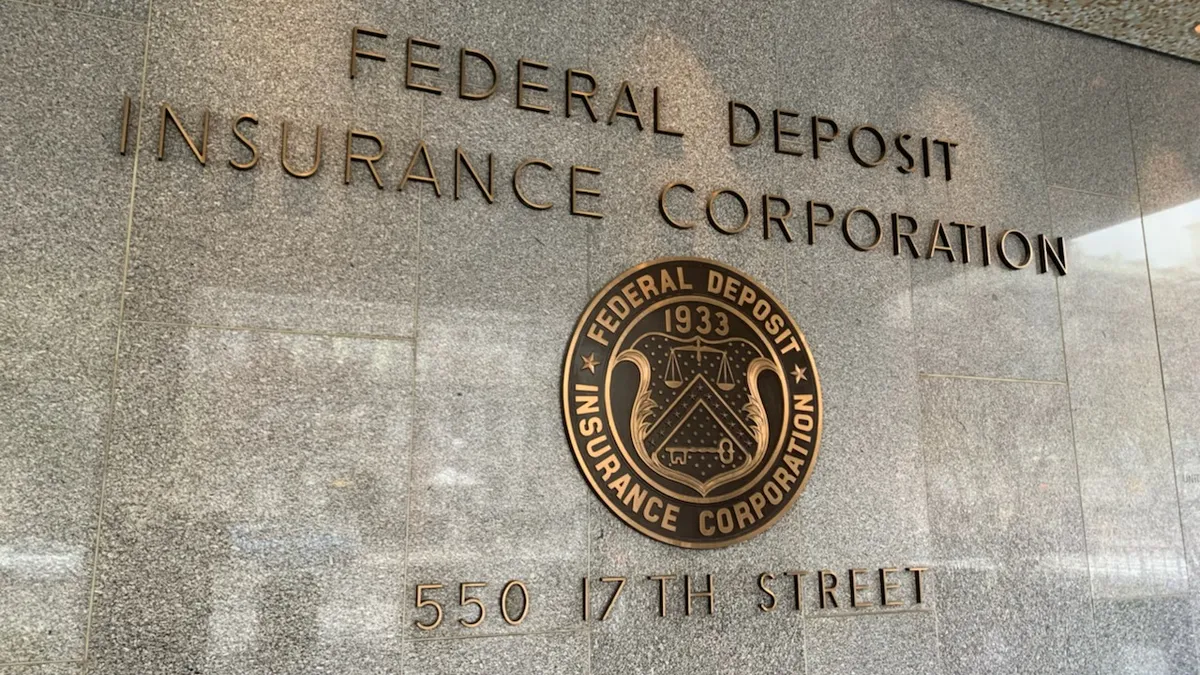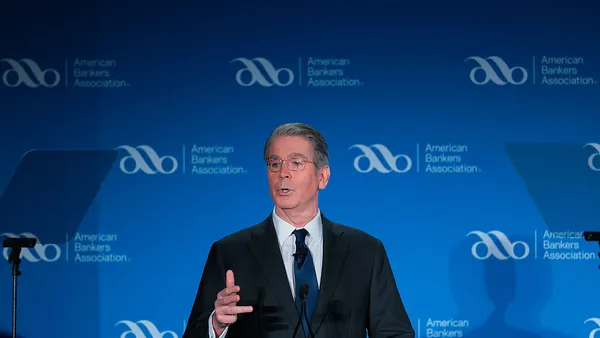The Federal Reserve terminated two consent orders Wells Fargo had been under since 2011, bringing its tally of closed consent orders up to nine since 2019.
The newly terminated orders both date to 2011. One concerns Wells’ legacy mortgage servicing activities; the other touches its legacy Wells Fargo Financial business.
The former asserted that Wells and nine other institutions – which represented 65% of the servicing industry – engaged in a pattern of misconduct and negligence within their residential mortgage loan servicing and foreclosure processing businesses.
And the latter alleged that Wells “steered potential prime borrowers into more costly subprime loans and separately falsified income information in mortgage applications.”
The Fed terminations come one week after the Consumer Financial Protection Bureau dropped a 2022 consent order against the bank regarding automobile and mortgage lending and consumer deposit accounts.
“[T]oday’s news is another important sign that we continue to make clear, meaningful progress to resolve our historical matters,” CEO Charlie Scharf said in a prepared statement.
“Wells Fargo is a different company today, and the resolution of these two longstanding Federal Reserve consent orders is another indication that our team is establishing the right processes and controls to meet our regulators’ and our own expectations,” Scharf said.
Wells is still subject to five consent orders, according to a count given by a bank spokesperson last week. That includes a 2018 Federal Reserve action that established its $1.95 trillion asset cap, which has cost the bank $36 billion in profits, according to a Bloomberg report from Monday.
Analysts at RBC Capital Markets predicted Tuesday that that order would be lifted in 2025, potentially in the first half of the year.
“We view [Tuesday’s] news as a positive for Wells Fargo & Company as it demonstrates progress of working with the company's regulators,” analysts Gerard Cassidy and Thomas Leddy wrote in a Tuesday note.
The Fed noted Tuesday that Wells’ asset cap is unaffected by the terminations. A spokesperson for Wells had no further comment.
The bank’s board of directors, in a securities filing last week, credited Scharf’s leadership for, among other things, making “significant progress in strengthening” Wells’ risk and control infrastructure, which, it added, “remains the Company’s number-one priority.”
In the same filing, the bank disclosed that Scharf’s pay increased to $31.2 million in 2024.















